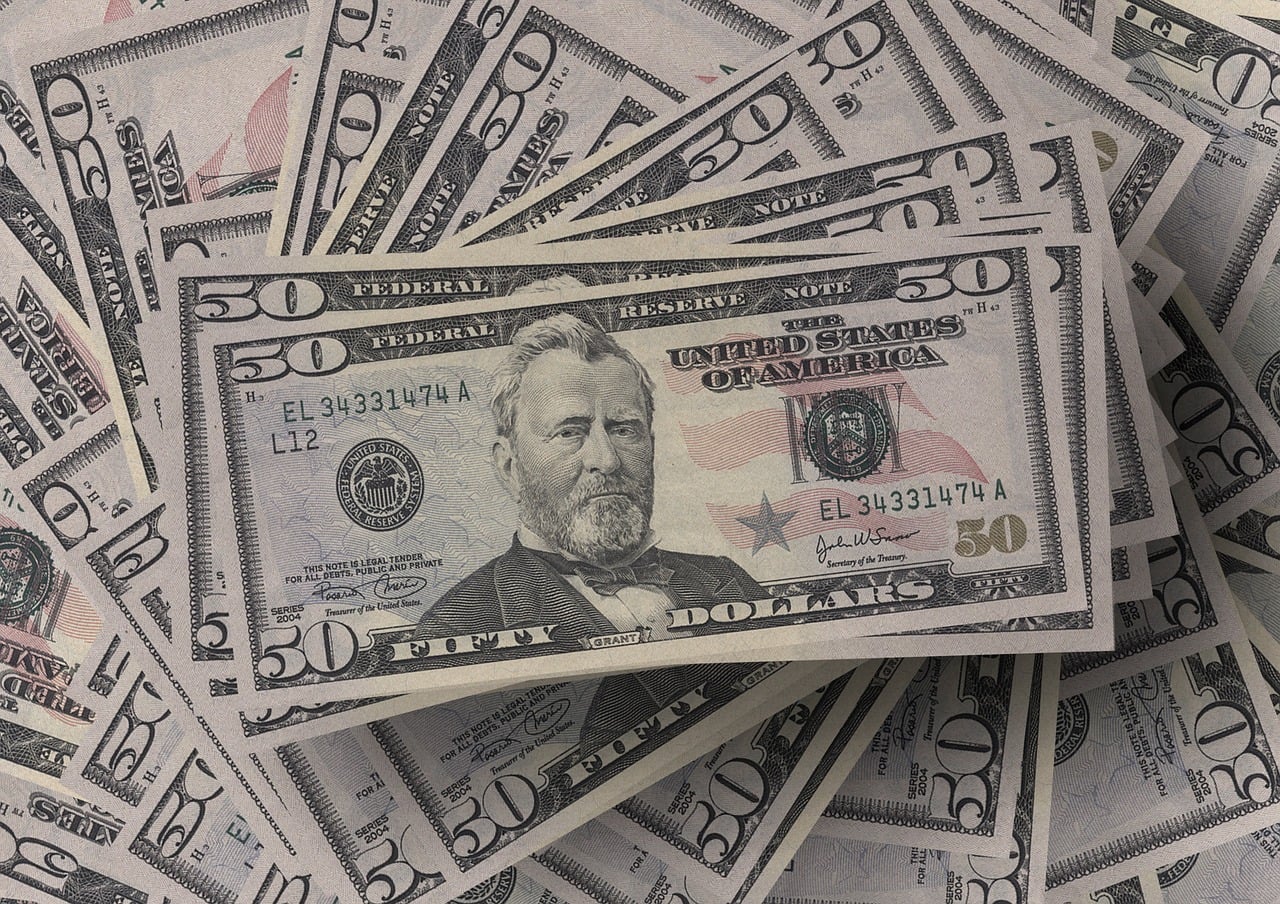Managing one’s funds as business cycles fluctuate can be stressful, but it needn’t leave a business owner or investor feeling fatalistic. As one gets better at noticing economic signals, they can exploit the financial risk rather than try to avoid or prevent things that are beyond their control.
As a business advisor and the CEO and owner of MCG, Stan Bril of Feasterville, Pennsylvania, watches the economy closely. He explains different business cycles and how to manage funds during each cycle.
Stan Bril Explains How Business Cycling Works
Generally speaking, there are six stages that most capitalist economies cycle through. An economy typically completes a full cycle through each stage from twice a year to twice in a decade.
Expansion
During the expansion stage, times are good. Spending and borrowing increases as more jobs are available. Most investments are performing well, and there is a sense of optimism about the future.
Peak
Though the name sounds good, economic peaks are not usually a positive thing, says Stan Bril. The peak stage occurs when spending, production, and optimism level off. Growth is over, and the economy has plateaued for a time. It is at this stage that most economists brace themselves for a possible recession.
Contraction
Once the peak stage has run its course, spending, production, and optimism start to decline. The economy is contracting (or receding) as the name implies. The contraction stage is the counter to the expansion stage.
Trough
After the contraction stage has run its course, the economy is plateauing at its lowest point. If the economy is strong enough, then the trough stage may occur before it reaches recession. Regardless, businesses are running leaner and consumers are conserving rather than splurging.
Recovery
Once the economy is ready to rise again, the recovery stage begins. Production, spending, borrowing, and optimism starts to return. Some of the biggest industry shifts occur during this stage. It is usually during the stages preceding recovery that consumers and businesses become smarter about how they spend, where they invest, and what will make products better.
Exploiting the Various Stages of the Business Cycle
Whether a business owner, serious or rookie investor, navigating the various stages of the business cycle is a lot like changing lanes in heavy traffic, says Stan Bril. In heavy traffic, most drivers want to be in a lane that is moving faster than the others. Knowing which lane to be in at the right time and knowing how to get in that lane safely is the key.
The smart drivers in the illustration above are savvy investors in today’s economy. One must think forward and know how to anticipate which economic indicators are beginning to switch lanes, stall, or speed up. And just because three of the four lanes have come to a standstill doesn’t mean that that one moving lane is out of reach. It takes experience and insight to know how to navigate these stages in a business cycle.
Industries that Perform Well During the Growth Stage
When an economy is growing, consumers are excited to spend on real estate, as well as “discretionary spending” (buying products/services that are generally considered luxury items). Companies that produce or supply these products are in full swing, hiring more staff, and rapidly increasing their revenues.
Industries that Perform Well During the Peak Stage
As growth plateaus, says Stan Bril, the peak stage often makes people want to accomplish more with less. They are looking for efficient solutions to their problems and feeling optimistic enough to try new things. It is in this stage that tech tends to grow, as people and businesses upgrade their digital solutions/products. This is also true for telecommunication services, such as internet and cellular network plans.
Industries that Perform Well During the Contraction Stage
As the economy starts to slow down, consumers are starting to lower spending. When they buy big items, it is only to find ways to save money in the long-term. Most industries that perform well during the contraction stage are necessity spending, health care, and energy.
Industries that Perform Well During the Trough Stage
According to Stan Bril, as economic slowdown begins to stabilize, industries providing for necessity spending, health care, and utilities typically outperform the other industries. Most consumers are in something of a survival mentality.
Industries that Perform Well During the Recovery Stage
Since “necessity is the mother of invention,” tech and financial sectors typically rise in the recovery stage. New and better solutions are on the market, and people are looking to safely improve their quality of life after a rough patch.
With over 15 years leadership experience in the lending industry, Stan Bril is CEO of MCG based in Feasterville Trevose, PA. In his role at MCG, he works with small business owners seeking to scale their businesses. As such, Stan guides his clients in creating business plans, financial statements, budgets, and more.





